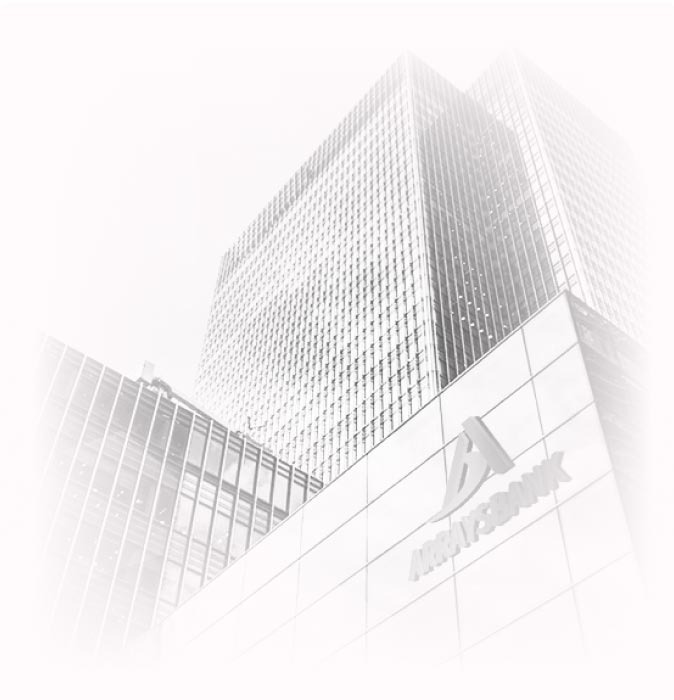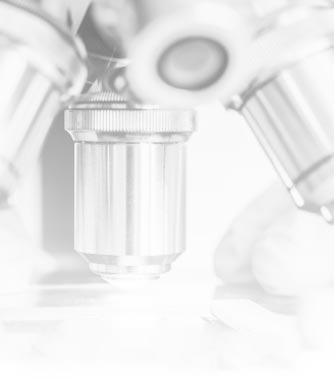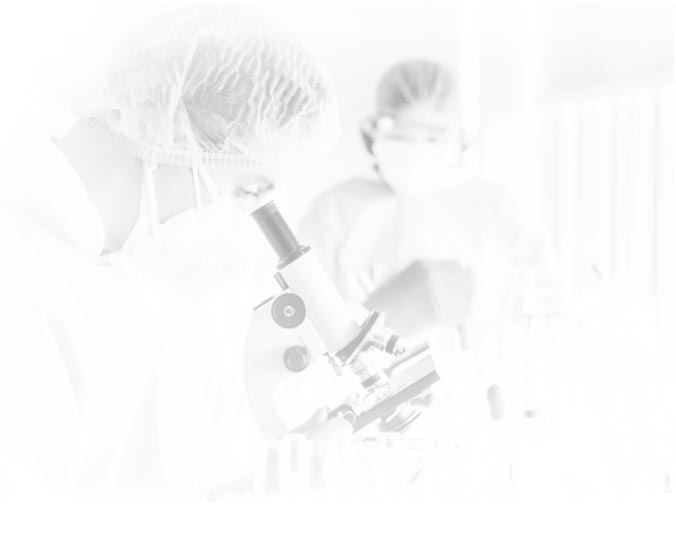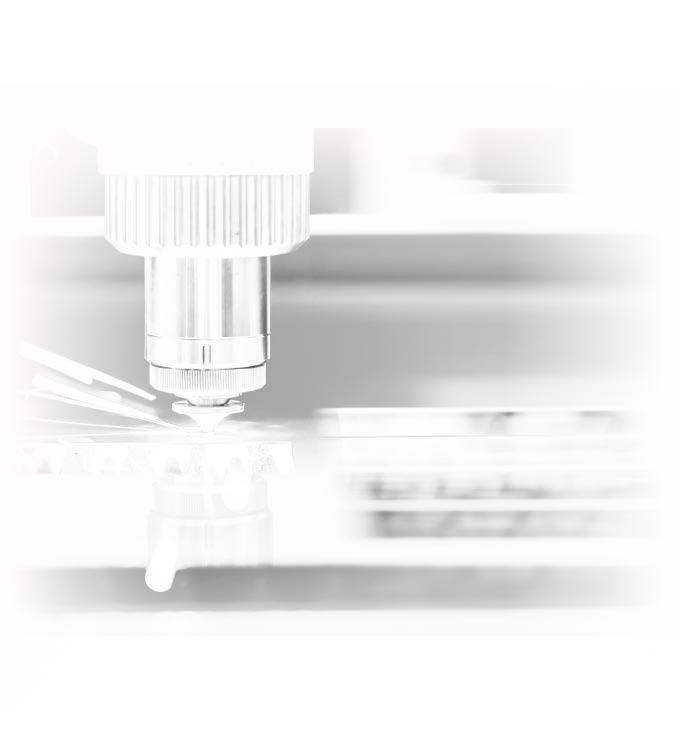We provide our best service through out the entire tissue processing program. We have our own laboratories for pathology, immunology and molecular biology. We also have our own paraffin tissue bank and frozen tissue bank.
Our technicians work with world-class advanced biotech experimental equipments including: pathological sectioning machine, automatic tissue dehydration machine, tissue embedding freezing table, and all other necessary experimenting equipments and tools. We are dedicating in providing high-quality samples and service to our clients and our investment in equipments can help us guarantee that.

-
 Tissue Array Creation
Tissue Array CreationCustom tissue microarray (TMA) construction with customer's tissue blocks or tissues
-
 Histology Services
Histology ServicesParaffin tissue block sectioning, H&E staining.
-
 Image Scanning
Image ScanningTissue section or tissue array core image digital capture using Imaging Scanning System from leading Microscopic Scanner company.
-
 Pathology Report
Pathology ReportProfessional pathology report including, pathology review, quantification of positive staining of the IHC as well as the scoring and location of positive staining manually by experienced pathologists in-house

Molecular histopathology services provides a broad array of state-of-the-art technical and professional support to biomedical research and investigations.
- Immunohistochemistry (IHC)
- Immunofluorescent (IF) stain (single or double antibody staining)
- Fluorescence in situ hybridization (FISH)
- mRNA, lncRNA or microRNA In Situ hybridization, including RNAscope® in situ hybridization (ISH) assay
- In Situ apoptosis (TUNEL) assay6. In Situ BrdU or EdU cell proliferation assay
- In Situ autophagy detection assay
Laser Capture Microdissetion (LCM), also known as Laser Microdissection (LMD), is a contact- and contamination-free method for isolating specific single cells or entire areas of tissue from a wide variety of tissue samples. Our Laser Capture Microdissection (LCM/LMD) services provide customers with more power and precision by isolating specific cells from a mixed population. This enables more efficient and accurate downstream microgenomics applications such as next-generation sequencing, Sanger sequencing, PCR, proteomics and gene expression analysis. Moreover, LCM technique can isolate even a single cell from tissue, blood or semen samples on the basis of their morphology, genotype or immunohistochemical phenotype.
- Laser Capture Microdissection (LCM/LMD) Associated Contract Research Projects 1. Frozen and FFPE sample LCM/LMD 2. Immunoguided LCM/LMD 3. Live cell microdissection 4. Plant cell LCM/LMD 5. Downstream analysis of dissected samples
LCM is a contact-free technique that helps minimize contamination and uncover answers that might otherwise be missed using a non-targeted sample due to the small size or homogenized nature of the sample. The laser cutting width is usually less than 1 µm, thus the target cells are not affected by the laser beam. Even live cells are not damaged by the laser cutting and are viable after cutting for cloning and recapturing as appropriate. The laser capture microdissection process does not alter or damage the morphology and chemistry of the sample collected, nor the surrounding cells. For this reason, LCM is a useful method of collecting selected cells for DNA, RNA and/or protein analyses. LCM has also been used to isolate cellular structures, such as amyloid plaques. LCM can be performed on frozen and paraffin embedded archival tissues. A variety of tissue samples including blood smears, cytologic preparations, cell cultures and liquors of solid tissue may also be used.





